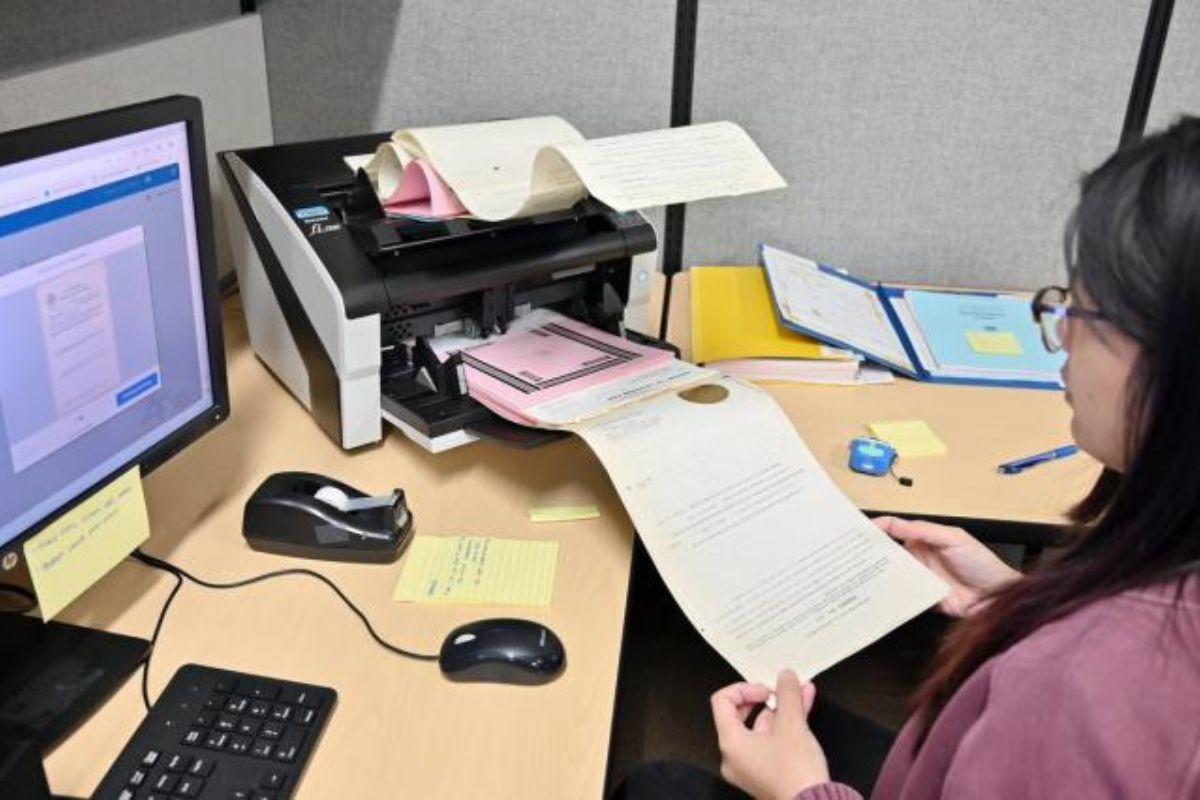California Return to Office Surprise: California’s Shift-to-Office plan is introducing changes affecting state teleworkers, including CalEPA staff and multiple state organizations. The transformation includes a hybrid workplace model offering flexibility and enhanced collaboration. Over 6,500 full-time employees in CalEPA may experience challenges and benefits with the shift to remote-centered work. The plan aims to boost productivity, promote team cohesion, and support employee well-being. Implementation involves engaging unions, policy changes, and a balanced in-person and remote work approach. Learn more about the impactful changes underway for California’s state workers.
State Worker Return-to-Office Plan Unveiled
The unveiling of California’s State Worker Return-to-Office Plan marks a pivotal moment in the shift back to in-person work for thousands of state employees. As per recent announcements from the California Environmental Protection Agency (CalEPA), plans are underway to bring employees back to the office at least two days a week by early spring. This move signifies a significant step towards normalcy after a prolonged period of remote work necessitated by the pandemic.
With the announcement affecting not only CalEPA staff but also employees of the agency’s boards, departments, and organizations, the return-to-office plan is poised to impact a substantial portion of the state workforce. The shift back to in-person work is expected to commence later this spring, signaling a gradual but deliberate return to traditional work settings.
As state employees prepare to shift back to the office environment, considerations around health and safety protocols, commuting arrangements, and adjustments to daily routines are likely at the forefront of discussions. The move towards reintegrating employees into physical workspaces underscores the state’s commitment to balancing operational needs with employee well-being.
Transition to Hybrid Workplace
Embarking on a strategic shift towards incorporating a hybrid workplace model, California’s State Worker Return-to-Office Plan sets the stage for a dynamic evolution in how employees balance in-person and remote work. As CalEPA gears up to embrace this new way of working, several key points emerge:
- Flexibility: The shift to a hybrid workplace offers employees the flexibility to choose where they work, promoting a better work-life balance.
- Collaboration: By blending in-person and remote work, teams can collaborate effectively, drawing on the strengths of both environments.
- Productivity: The hybrid model aims to enhance productivity by allowing employees to work in environments where they feel most focused and motivated.
- Well-being: Balancing office and remote work can contribute to improved mental well-being among employees, reducing stress and burnout.
- Adaptability: Embracing a hybrid workplace model demonstrates an organization’s adaptability to changing work trends and employee needs.
This shift signifies a progressive approach towards work, recognizing the benefits of combining traditional office settings with the flexibility of remote work. As California moves towards this hybrid model, employees can expect a more balanced and adaptable work environment that prioritizes collaboration, productivity, and well-being.

Impact on Employees
Amidst California’s shift towards a hybrid workplace model, the impact on employees within CalEPA’s workforce is becoming increasingly evident. With over 6,500 full-time employees, the majority of whom are eligible for telework, the move to remote-centered work has substantially changed the dynamics of how work is conducted within the organization. The data from the Department of General Services indicates that almost all employees within the five reporting departments and boards have the option to telework. However, the lack of telework data from the California Air Resources Board, which employs over 1,660 full-time workers, leaves a gap in understanding the full scope of remote work within CalEPA.
For employees, the shift to remote-centered work brings both challenges and opportunities. While remote work offers greater flexibility and potentially increased productivity, it also raises concerns about maintaining a healthy work-life balance and effective communication within teams. Moreover, the absence of in-person interactions may impact employee morale and team cohesion.
As CalEPA navigates this change, it will be essential to address these challenges and make sure that employees are supported in adapting to the new hybrid workplace model. The impact on employees within CalEPA’s workforce highlights the need for thoughtful strategies to mitigate potential drawbacks and maximize the benefits of remote-centered work.
Benefits and Goals
Enhancing collaboration and communication while maintaining work-life balance are key objectives of the proposed shift in CalEPA’s remote work strategy, as outlined in Garcia’s email on Jan. 12. The organization aims to achieve the following through its new approach:
- Promote Team Cohesion: By fostering collaboration and strengthening relationships among team members, CalEPA intends to create a more unified and supportive work environment.
- Enhance Communication: Improving communication channels is essential for ensuring that information flows efficiently within the organization, leading to better decision-making and coordinated efforts.
- Boost Productivity: By prioritizing work-life balance, employees can recharge and return to work with renewed focus and energy, ultimately increasing overall productivity.
- Encourage Innovation: Providing flexibility in work arrangements can spark creativity and innovation as employees are empowered to work in ways that suit their individual styles.
- Support Employee Well-being: Valuing work-life balance contributes to the well-being of employees, leading to higher job satisfaction, improved mental health, and increased retention rates.
CalEPA’s strategic shift towards remote work not only aims to benefit the organization but also prioritizes the holistic development and satisfaction of its employees.
Implementation and Further Steps
In moving towards a hybrid work culture, CalEPA is taking proactive steps to engage with unions and anticipates implementing new policies in the early spring. This strategic move aligns with the agency’s commitment to fostering a balanced approach that incorporates both in-person and remote work options. The recent communication from CalEPA’s spokesperson, Kalin Kipling-Mojaddedi, confirmed the agency’s intentions to update its work culture, following in the footsteps of other state agencies.
While specifics regarding which agencies have already established return-to-office policies remain unclear, CalEPA’s proactive stance indicates a concerted effort to adapt to the evolving work landscape. The agency’s forthcoming discussions with unions signify a collaborative approach to address concerns and guarantee a smooth shift. By keeping stakeholders informed and involved, CalEPA aims to navigate the change towards a hybrid workplace model effectively.
As the implementation timeframe for the new policies approaches, employees can expect further communication from their respective boards, departments, and organizations. This transparent communication channel will provide clarity on the upcoming changes and facilitate a seamless shift to the hybrid work environment. CalEPA’s proactive engagement with unions and commitment to open dialogue set a positive tone for the agency’s future work culture evolution.


ALSO READ: California Doctors Genius Plan to Tackle Kids Needle Pain!
News in Breif
California’s State Worker Return-to-Office Plan signals a significant shift for thousands of state employees, including those at the California Environmental Protection Agency (CalEPA). The plan, set to roll out by early spring, introduces a hybrid workplace model aiming to balance in-person and remote work. With over 6,500 CalEPA employees affected, the move aims to enhance collaboration, productivity, and employee well-being. CalEPA is engaging with unions and updating policies to facilitate the transition. While specifics on other agencies’ return-to-office policies remain unclear, CalEPA’s proactive approach sets a precedent for the state’s workforce evolution. Stay tuned for further updates on this impactful change.

